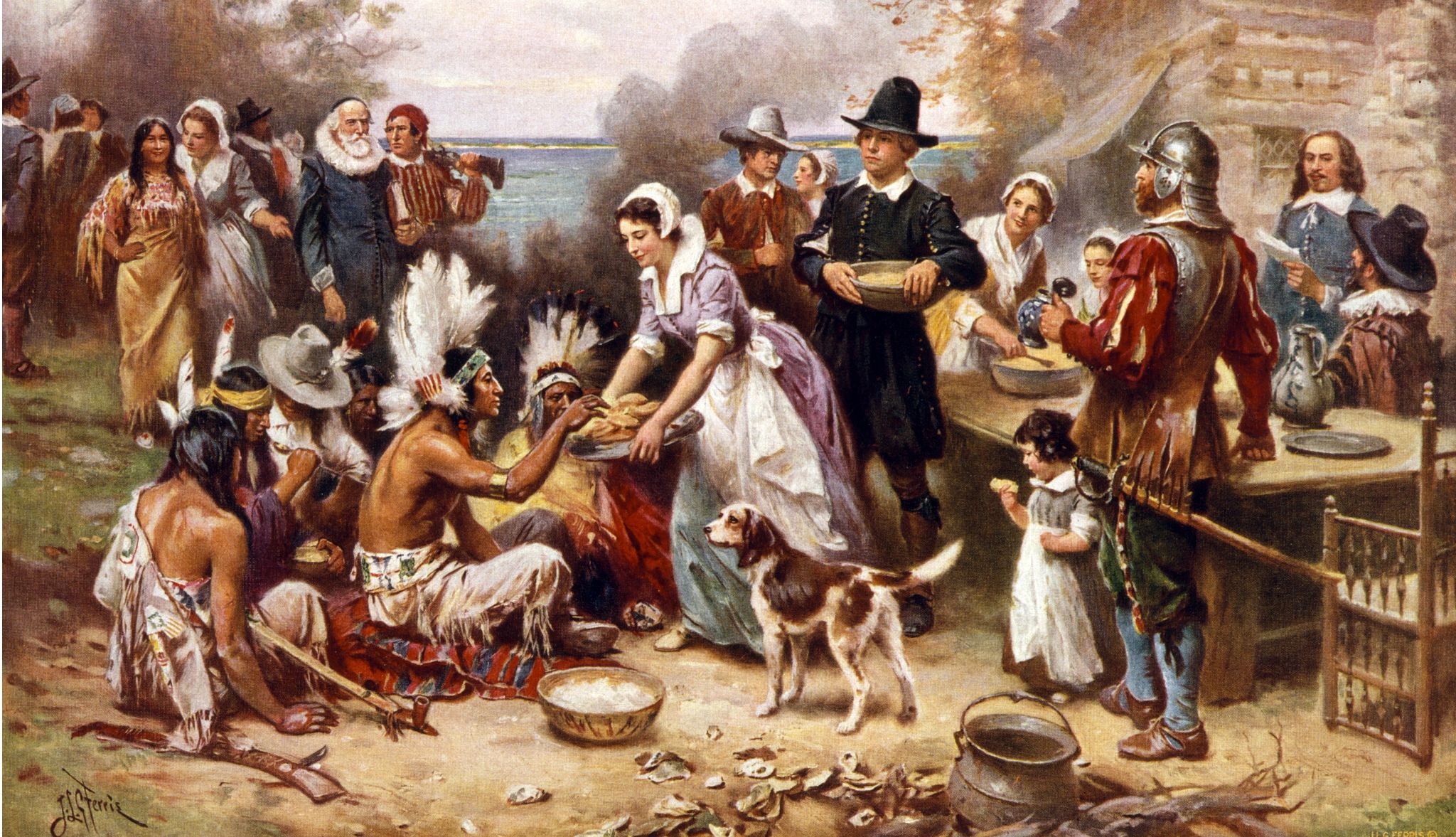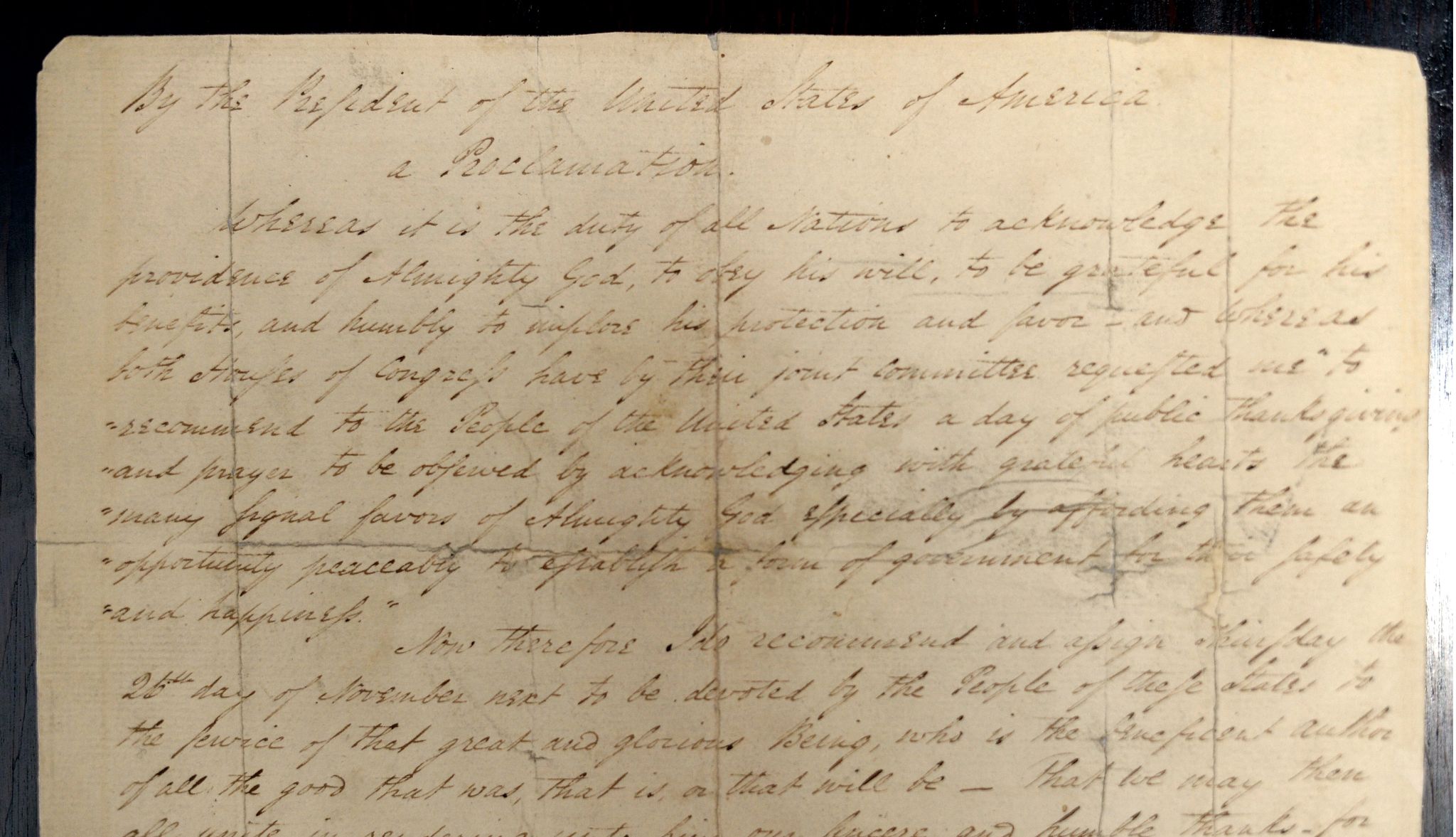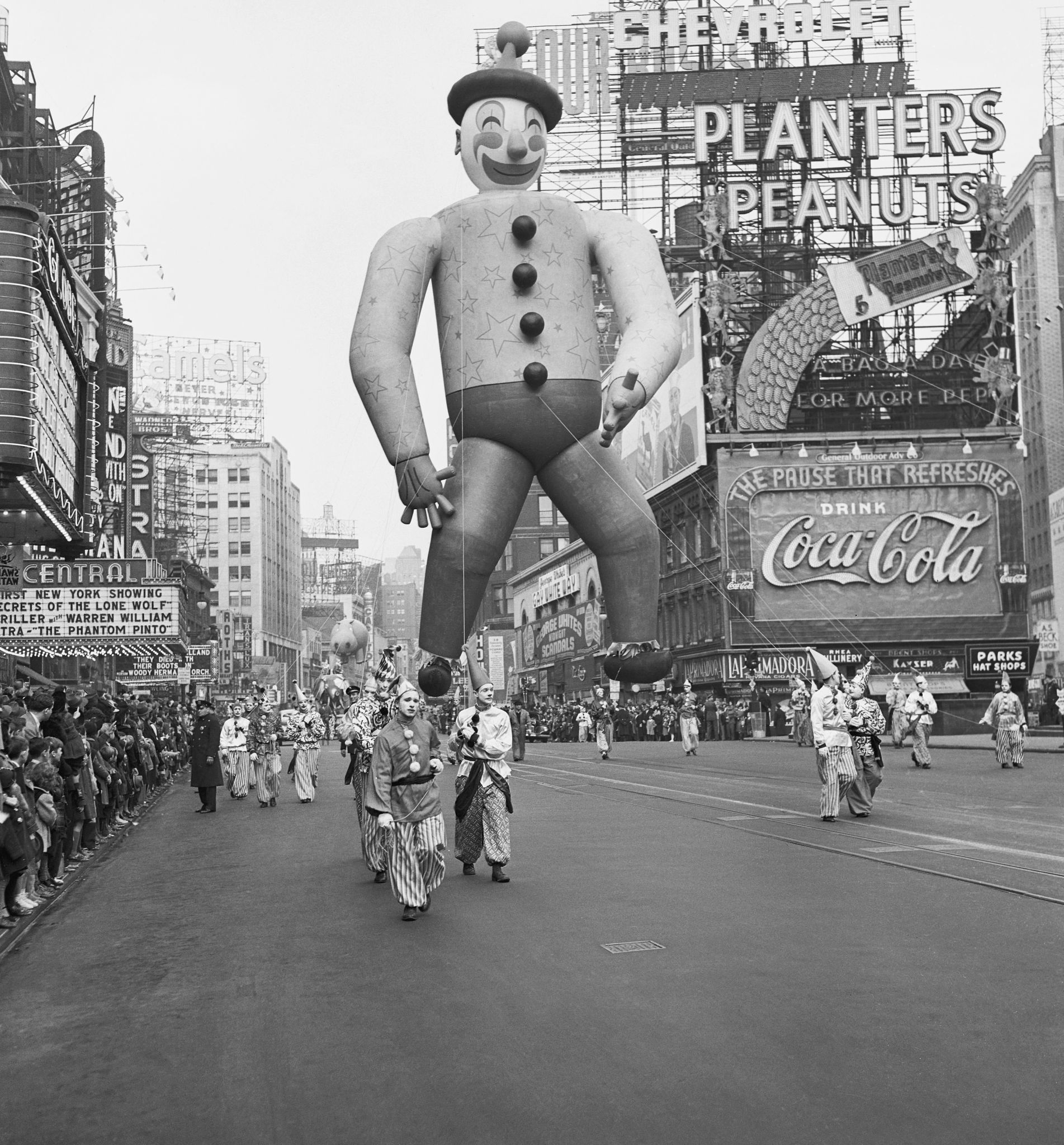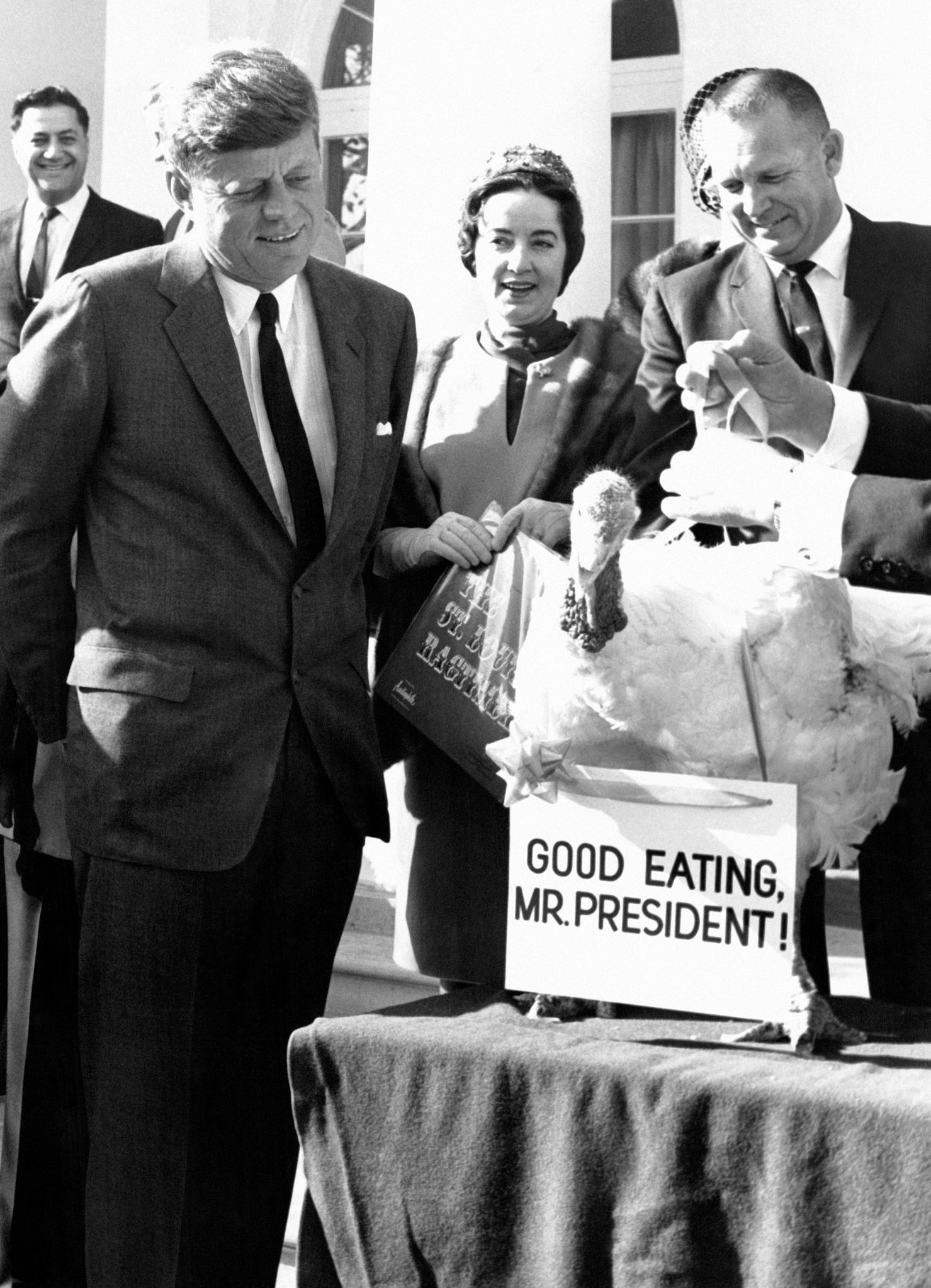AARP Hearing Center


Since America’s days of explorers, pilgrims and colonists, we have shown gratitude for the land and everything it sustains — the harvest, our lives, our families — by celebrating Thanksgiving.
Of course, it has been constantly evolving, not to mention shifting around the calendar (in 1815, James Madison called for its celebration in March). Only fairly recently did Thanksgiving become an annual fixture, celebrated on the fourth Thursday of November.
From its origins nearly four-and-a-half centuries ago to our modern national holiday, the story of Thanksgiving is one of overcoming hardship and facing the world with optimism and appreciation for what we have, even amid war or national mourning.
These 12 Thanksgivings in history are worth keeping in mind as you and your loved ones gather together.
1565
The first recorded celebration of Thanksgiving in North America took place in what is now St. Augustine, Florida. This event marked the founding of St. Augustine. The Spanish explorer Pedro Menéndez de Avilés and his crew of 800 settlers celebrated a Mass of Thanksgiving upon arriving safely at the shore. They invited the native Seloy tribe to a feast of celebration. We don’t know for certain what they ate, but the Seloy might have brought turkey, venison and corn, while the Spaniards would bring salted pork stew and red wine.
1578
After landing in Newfoundland, Canada, the English explorer Martin Frobisher and his crew gave thanks for safely arriving in the New World, though they had not found the Northwest Passage they had set out for. Their feast consisted of salt beef, mushy peas and biscuits — quite different from the harvest feasts we associate with Thanksgiving. There’s some debate as to whether this, like the St. Augustine Thanksgiving, counts as a ‘real’ Thanksgiving, as it had nothing to do with the harvest. Nonetheless, it is the origin story of Canadian Thanksgiving.
1621
After a harsh winter in 1620, the pilgrims at Plymouth celebrated a bountiful harvest in 1621. This was especially thanks to the Wampanoags who taught them how to cultivate corn, beans and squash, fertilizing the soil with herring. The celebrations of prayers, thanks and feasting lasted three days and probably took inspiration from the autumn harvest feasts that New England native tribes celebrated. This is often cited as the precursor to today’s Thanksgiving, but the celebration that happened two years later might bear slightly more similarity.







































































More From AARP
5 Great Recipes For Your Thanksgiving Leftovers
From mashed potato pancakes to burgers, we share creative ways to use leftoversRecommended for You